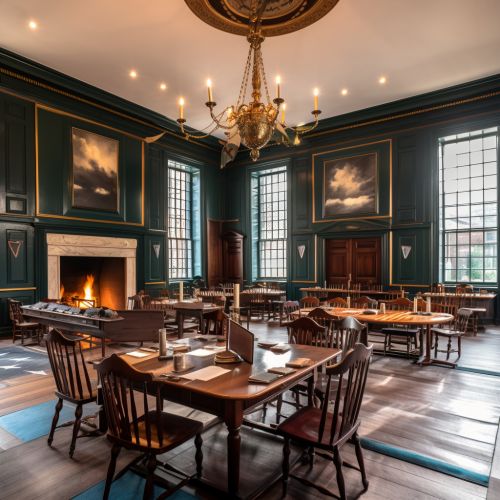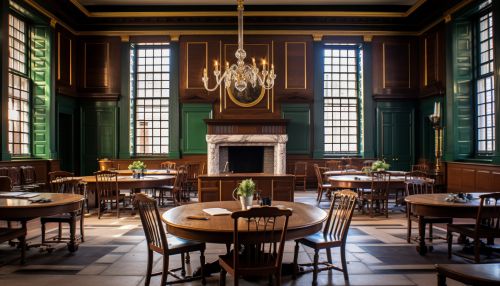Constitutional Convention (United States)
Background
The Constitution of the United States is the supreme law of the land, serving as the foundation for the American government and guaranteeing the freedoms and rights of its citizens. However, the creation of this pivotal document was not a straightforward process. It was the product of the Constitutional Convention, a gathering of delegates from twelve of the thirteen original states (with Rhode Island abstaining), held in Philadelphia from May 25 to September 17, 1787.
Origins
The Articles of Confederation, adopted in 1781 during the Revolutionary War, served as the United States' first constitution. However, it soon became apparent that the Articles were inadequate in several respects. They provided for a weak central government, lacked provisions for an executive or judicial branch, and gave the states too much power. This led to a lack of unity, economic instability, and difficulty in conducting foreign affairs.
In response to these issues, the Annapolis Convention was held in September 1786, with the goal of amending the Articles. However, only five states sent delegates, and the convention ended with a resolution calling for a broader convention to be held in Philadelphia the following year.
The Convention
The Constitutional Convention convened in the Pennsylvania State House (now known as Independence Hall) on May 25, 1787. The convention was initially intended to revise the Articles of Confederation, but the delegates quickly decided to create a new constitution instead.


The convention was presided over by George Washington, who was unanimously elected as its president. Other notable attendees included James Madison, Benjamin Franklin, and Alexander Hamilton. The delegates represented a wide range of interests and backgrounds, including lawyers, soldiers, planters, and merchants.
Key Debates
The delegates at the convention faced several contentious issues, which led to intense debates and compromises.
Representation in Congress
One of the most significant debates was over representation in Congress. The Virginia Plan, proposed by James Madison, called for a bicameral legislature with representation based on population. This plan favored larger states. In contrast, the New Jersey Plan, proposed by William Paterson, called for a unicameral legislature with equal representation for each state, favoring smaller states.
The issue was ultimately resolved by the Connecticut Compromise, which established a bicameral legislature with proportional representation in the lower house (the House of Representatives) and equal representation in the upper house (the Senate).
Slavery
Another contentious issue was slavery. Southern states wanted slaves to be counted for representation purposes, while Northern states opposed this. The Three-Fifths Compromise resolved this issue by counting each slave as three-fifths of a person for both representation and taxation purposes.
Separation of Powers
The delegates also debated the separation of powers among the legislative, executive, and judicial branches. The Virginia Plan proposed a strong central government with these three branches, while the New Jersey Plan favored a weaker central government. The final Constitution incorporated elements of both plans, establishing a federal system with a strong central government but also reserving certain powers to the states.
Ratification
The Constitution was signed by 39 of the 55 delegates on September 17, 1787. However, it still needed to be ratified by nine of the thirteen states to become effective.
The ratification process was contentious, with two opposing groups emerging: the Federalists, who supported the Constitution, and the Anti-Federalists, who opposed it. The Federalists, led by Alexander Hamilton, James Madison, and John Jay, wrote a series of essays known as the Federalist Papers to promote ratification. The Anti-Federalists, including Patrick Henry and George Mason, opposed the Constitution because they believed it gave too much power to the federal government and lacked a bill of rights.
The Constitution was ultimately ratified by all thirteen states, with Delaware being the first to do so in December 1787 and Rhode Island being the last in May 1790. The Bill of Rights, the first ten amendments to the Constitution, was added in 1791 to address the concerns of the Anti-Federalists.
Legacy
The Constitutional Convention was a pivotal event in American history, resulting in the creation of the United States Constitution, which has served as the country's supreme law for over two centuries. The Constitution has been amended 27 times to address societal changes and to protect the rights and freedoms of American citizens. The convention also established precedents for constitutional law and federalism that continue to shape American governance today.
